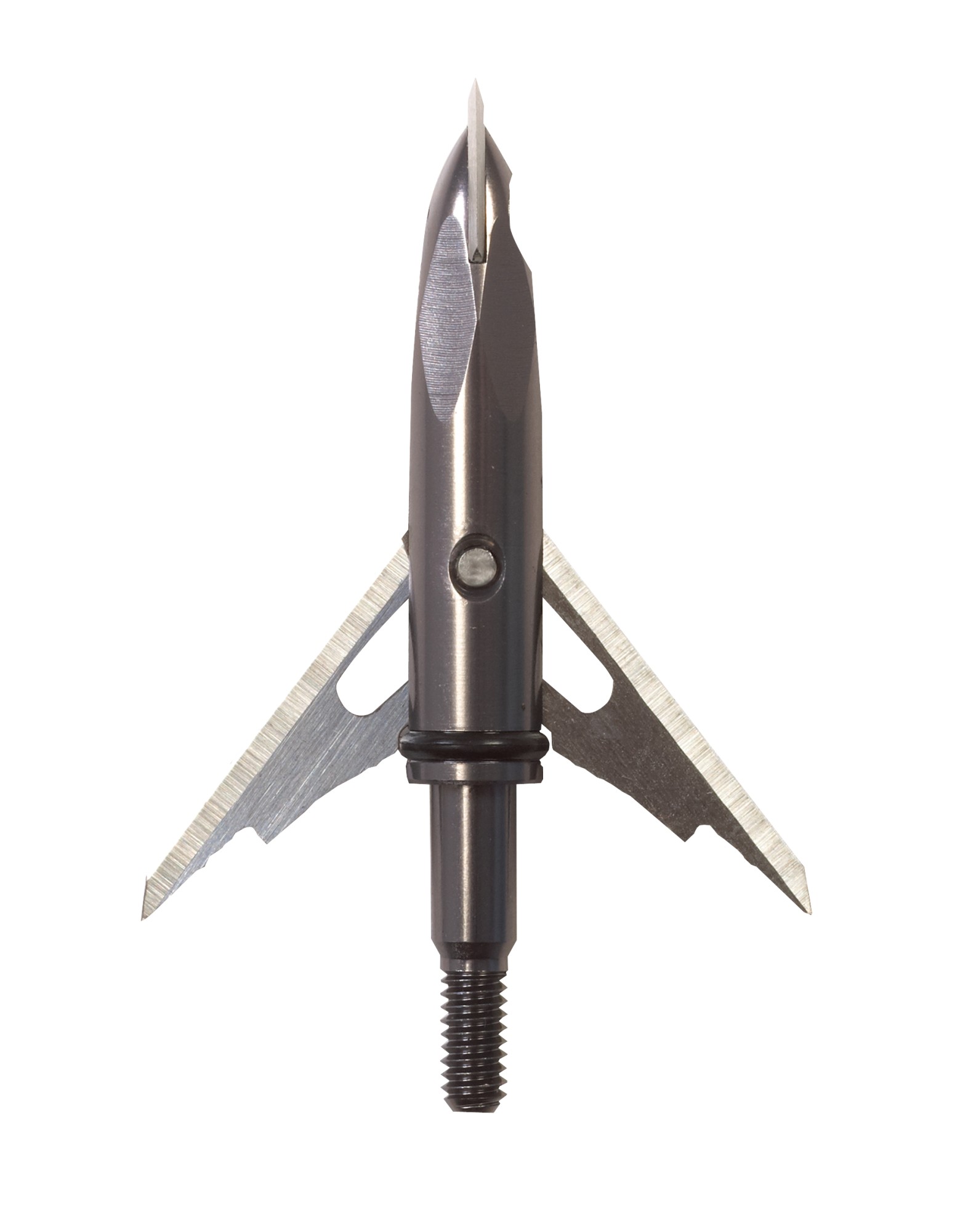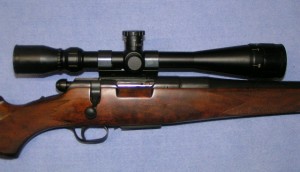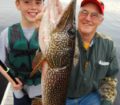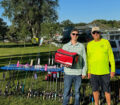I’ve always been a proponent of the saying “you can’t hit it if you can’t see it” when it comes to rifle shooing. As I slowly slip into “geezerdom” I find the 2.5-7X scopes that I have used for years on my rifles quite inadequate for my ability to “see it”. I felt a change was needed in my optics.
Looking at all the scopes available on the market today was somewhat overwhelming, to say the least. At our local outlet I spotted a nifty looking scope on the close-out shelf. Being a consummate bargain hound I took a chance on the scope. I liked it so much I went back and purchased one for all the rifles I shoot regularly. What I selected was one of BSA Optics Sweet Series Scopes.
BSA optics was formed in 1996, and are best known for the Sweet Series Scopes that they introduced in 2004. They are also known for delivering good quality scopes at an affordable price. Retail price on a BSA Sweet Series scope is under $200.
The Sweet Series use trajectory compensation technology that was originally developed for military snipers. This technology is however becoming very popular with varmint hunters and target shooters. Each scope comes with quick change elevation turrets specifically calibrated for the different bullet weights for the .17HMR, .22LR, .223, .243, .270 and .30-06.
The particular “test” scope I purchased was a Sweet .223 6×18 variable with a 40mm objective. It came with compensating turrets for 50, 55 and 62 grain bullets. The only reason this scope was on close out is because it is the older model that has a front focus. The newer ones have the more convenient turret side focus.
The test rifle was a highly customized Savage Model 340 with a Douglas air gauged barrel and glass bedded handmade cherry wood stock. This rifle always shot well for me with a 7X scope on it, but topped with the new 16X scope, this old rifle became a “tack driver”!
I put the Sweet .223 through the rigors. The scope was incredibly clear. Had no distinguishable parallax. Focusing of the scope was positive regardless of conditions. I was able to fully focus in full sunlight, rain, and everything in between.
The adjustments on the turrets were positive and precise. Once I had the scope zeroed in, I purposely raised and lowered the elevation, changed windage left and right, then reset the scope to my zero settings. The scope reset to my zero settings positively every time. All of the BSA Sweet Series scopes I purchased had the same positive tracking.
Next up for me was to test the trajectory compensation capabilities of the scope. Each turret is marked with various ranges, 100, 150, 200yds, etc. The theory is that with the rifle zeroed in at a specific distance on the turret, elevation changes can be made with a simple turn of the turret. With the 55 grain turret in place, and a 100 yd zero, I adjusted the scope up to 200yds and my bullet impact was right on at 200yds. The trajectory compensation worked at the other various ranges I tested it at also.
Now keep in mind that trajectory compensation will only work for the specific caliber, bullet weight and velocity that the turret is designed for. If my velocity was not exactly what was prescribed I would not have had the positive bullet impact at the different ranges.
In my estimation the BSA Sweet .223 is one heck of a good scope! There are better scopes on the market, and more expensive ones also, but for the price I don’t think you can beat the BSA. I believe the average shooter will never notice the difference with the more expensive line. This is a great scope to put on any rifle, even if you never use the trajectory compensation.
For more information on the BSA line of products you can go to the company’s web site at http://www.bsaoptics.com/
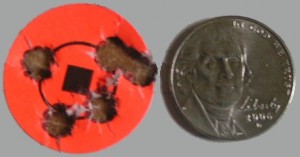
Pictured is the 5 shot grouping I was able to achieve using the BSA Sweet .223 scope. I’m not sure that spending more money on a scope would allow me to shoot better than nickel sized groups at 100 yards.

